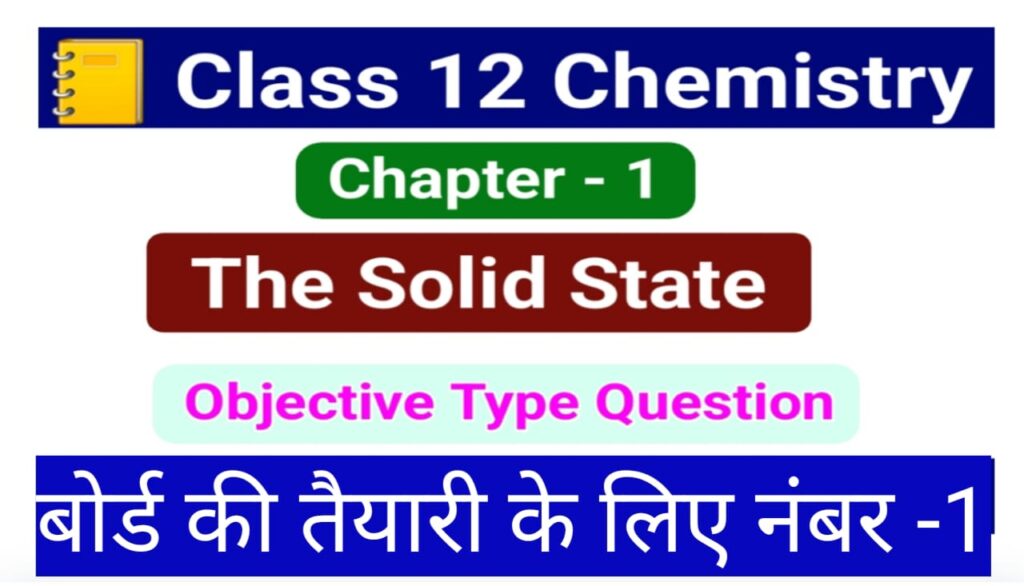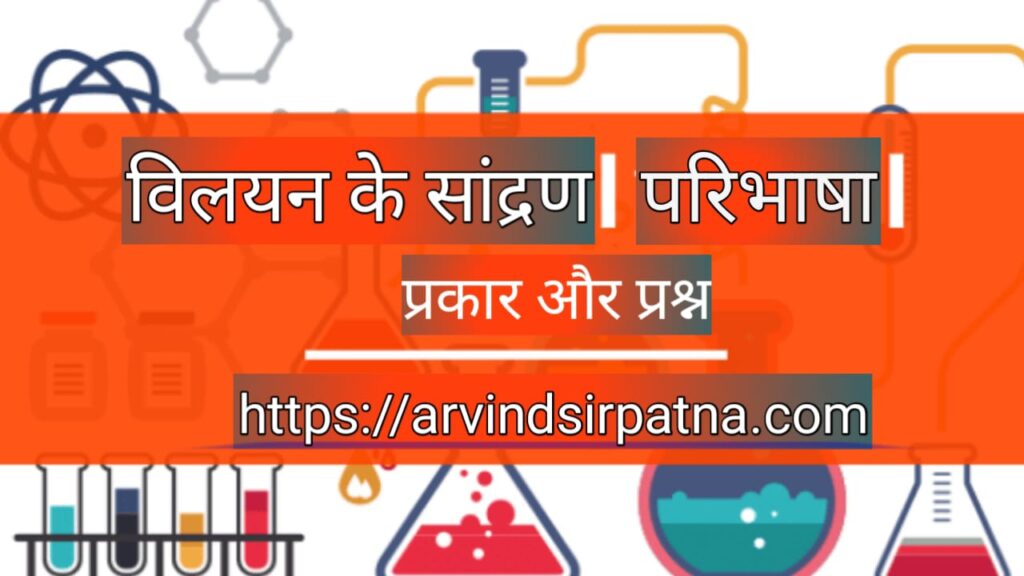Chemistry plays an important role in our human life. Various types of diseases occur in human beings, and to cure them, different types of chemicals are used. These chemical substances used for the prevention, relief, or cure of diseases — and for helping in physical and mental well-being are called medicines.
A proper dosage of medicines works effectively, but excessive use can cause side effects or even allergies. Therefore, medicines should only be used where necessary and in controlled amounts.
Classification of Drugs
- Antipyretics (Fever-reducing drugs)
Used to reduce high fever.
Examples: Aspirin, Paracetamol, Sumo, Nice, Novalgin, etc.
Among these, Paracetamol is the best fever reducer. Aspirin works both as an antipyretic and a mild pain reliever, but it can cause allergies in some people; therefore, aspirin should be avoided by those who are allergic. - Analgesics (Painkillers)
These drugs reduce pain without causing unconsciousness or affecting mental balance.
Analgesics are of two types:
- (i) Narcotic Analgesics: Relieve pain in small doses but cause sleep or addiction in larger doses. They are usually derived from opium.
Examples: Morphine, Cocaine, Heroin, etc. - (ii) Non-Narcotic Analgesics: Reduce pain without causing addiction or drowsiness.
Examples: Aspirin, Paracetamol, Novalgin, etc.
Non-narcotic analgesics not only relieve pain but also reduce swelling and prevent blood clot formation. Aspirin is often prescribed for heart attacks, but excessive use may cause internal bleeding.
- Antibiotics
Antibiotics are chemical substances obtained from living organisms (like fungi and bacteria) that destroy or inhibit the growth of harmful microorganisms.
The first antibiotic, Penicillin, was discovered by Alexander Fleming in 1929.
It is effective against bacterial infections.
Common antibiotics:
- Bactericidal (kill bacteria): Penicillin, Aminoglycosides, etc.
- Bacteriostatic (inhibit growth): Chloramphenicol, Tetracycline, etc.
Broad-spectrum antibiotics are effective against a wide range of bacteria.
Examples: Chloramphenicol, Tetracycline, Chloromycetin, etc.
- Antiseptics
These are chemicals that kill or prevent the growth of microorganisms on living tissues. They are used on wounds, cuts, and skin infections.
Examples: Dettol, Chloroxylenol, Terpineol, Savlon, Boric acid, Tincture of Iodine, Iodoform, Potassium permanganate (KMnO₄), etc.
- Disinfectants
These are chemicals that destroy microorganisms on non-living surfaces such as floors, toilets, and instruments.
Examples: Dettol, Hydrogen peroxide, Bleaching powder, Sulphur dioxide, etc.
At low concentrations, they act as antiseptics; at higher concentrations, they become disinfectants.
- Antacids
Our stomach produces hydrochloric acid (HCl) to aid digestion, but when its amount increases, it causes acidity and indigestion. Antacids neutralize excess acid in the stomach.
Examples: Aluminium hydroxide, Magnesium hydroxide, Sodium bicarbonate, etc.
They provide temporary relief; prolonged use should be avoided.
- Tranquilizers (Psychotropic drugs)
These drugs relieve mental stress and anxiety without affecting consciousness. They are used in psychiatry to calm the mind.
Examples: Luminal, Diazepam, etc.
They are of two types:
- (i) Sedatives: Reduce mild tension and induce relaxation.
- (ii) Antidepressants: Used to treat severe depression and restore self-confidence.
- Hormonal Drugs (Antifertility Drugs)
These chemicals control pregnancy by regulating menstrual cycles or hormone levels.
They are mainly based on estrogen and progesterone. - Antihistamines
These are drugs used to relieve allergic reactions caused by substances such as pollen or dust. When allergens enter the body, they trigger the release of histamine, causing allergy symptoms. Antihistamines counteract these effects.
Examples: Diphenhydramine, Chlorpheniramine, etc.
- Soaps and Detergents
Soaps are sodium or potassium salts of higher fatty acids, made by heating fats or oils with alkali (NaOH or KOH).
Examples: Sodium stearate (C₁₇H₃₅COONa), Sodium palmitate (C₁₅H₃₁COONa).
However, soaps do not lather well in hard water, because calcium and magnesium ions form insoluble compounds with soap, leaving scum. Therefore, synthetic detergents are used.
Detergents are sodium salts of long-chain alkyl sulphates or sulphonates. They work effectively even in hard water and provide better cleansing.
However, detergents are non-biodegradable and cause water pollution.
Detergents are of three types:
- Anionic Detergents
- Cationic Detergents
- Non-ionic Detergents
- Anionic detergents are used in household washing.
- Cationic detergents are used in hair conditioners.
- Non-ionic detergents are used in dishwashing liquids.










